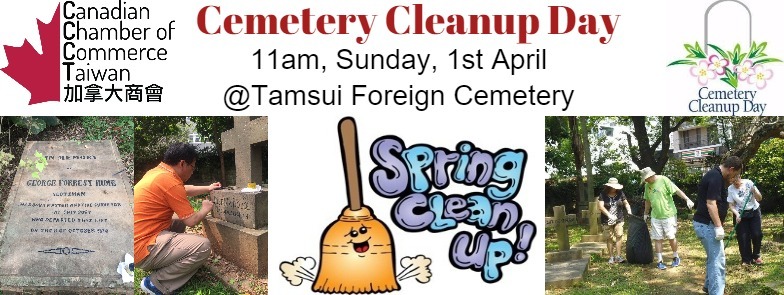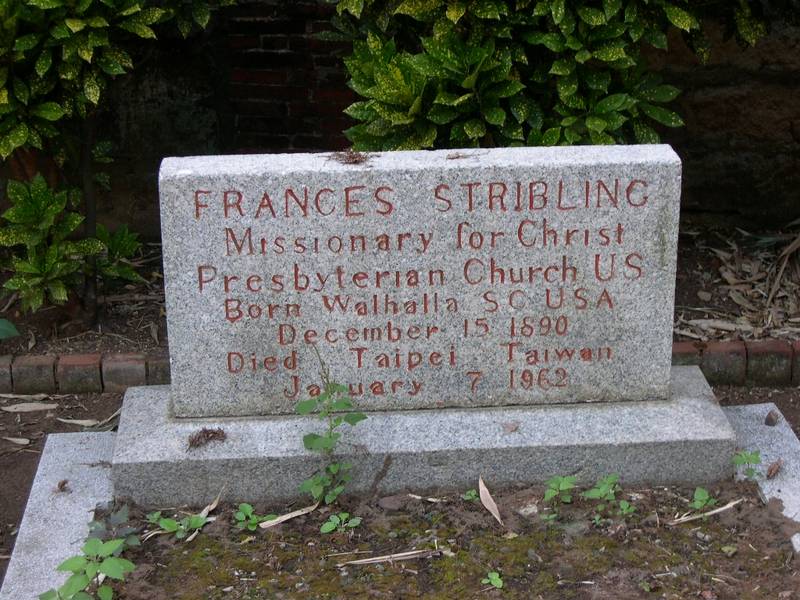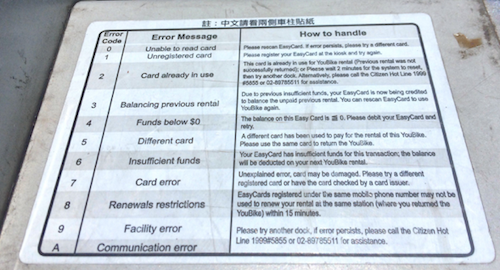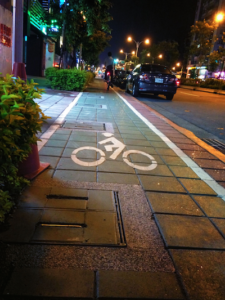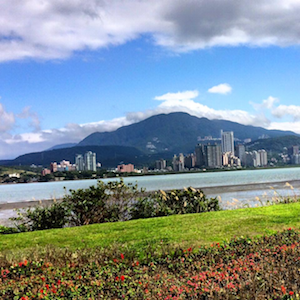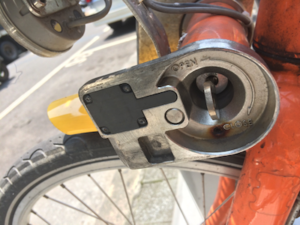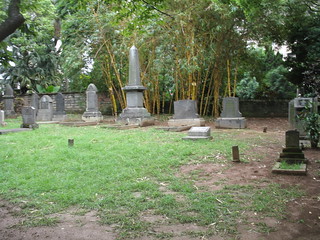Date & Time: Sunday, 1st April, 11:00am
Location: Tamsui Foreign Cemetery, Tamkang High School 私立淡江高中內 (No. 26 Zhenli Street, Danshui District, Xinbei City)
It’s Tomb-Sweeping Season, and the Canadian Chamber of Commerce in Taiwan (CCCT) is once again rolling up its sleeves and getting to work! A little bit of background for you:
Established at the end of the nineteenth century, the Tamsui Foreign Cemetery has been cared for by the Canadian Society (now the CCCT) since 1984. There are more than 70 graves in the cemetery, many of which belong to Canadians. Every year on the Tomb Sweeping Day, the CCCT members and friends join together at the cemetery for a morning cleanup of the tombstones. It is a great way to take in some of Taiwan’s traditional culture, while becoming familiar with the history of Canadians in Taiwan.
We will have drinks, snacks, and a simple barbecue set up, so no one will go hungry. (Donations gratefully received). Work gloves will also be supplied.
Oh, and of course, there’s beer. Because we’re Canadians.
Feel free to bring the whole family; there is usually lots of kids that come to these clean-ups. Come and join the CCCT on Sunday, 1st April to experience a really wonderful historical site, and a bit of history that we share with Taiwan.
** We are excited to note that we are going to have a film crew at the event. They will only film people who are interested in taking part, so don’t be shy to let us know if you would like to be involved in the filming. If not, we will be sure to not film you on the day.
Please kindly RSVP at the Facebook Event Page for us to get an idea of the number of people joining us! Thank you!
For more information about the Tamsui Foreign Cemetery please visit:https://www.canchamtw.com/help-us-maintain-the-danshui-foreign-cemetery/
